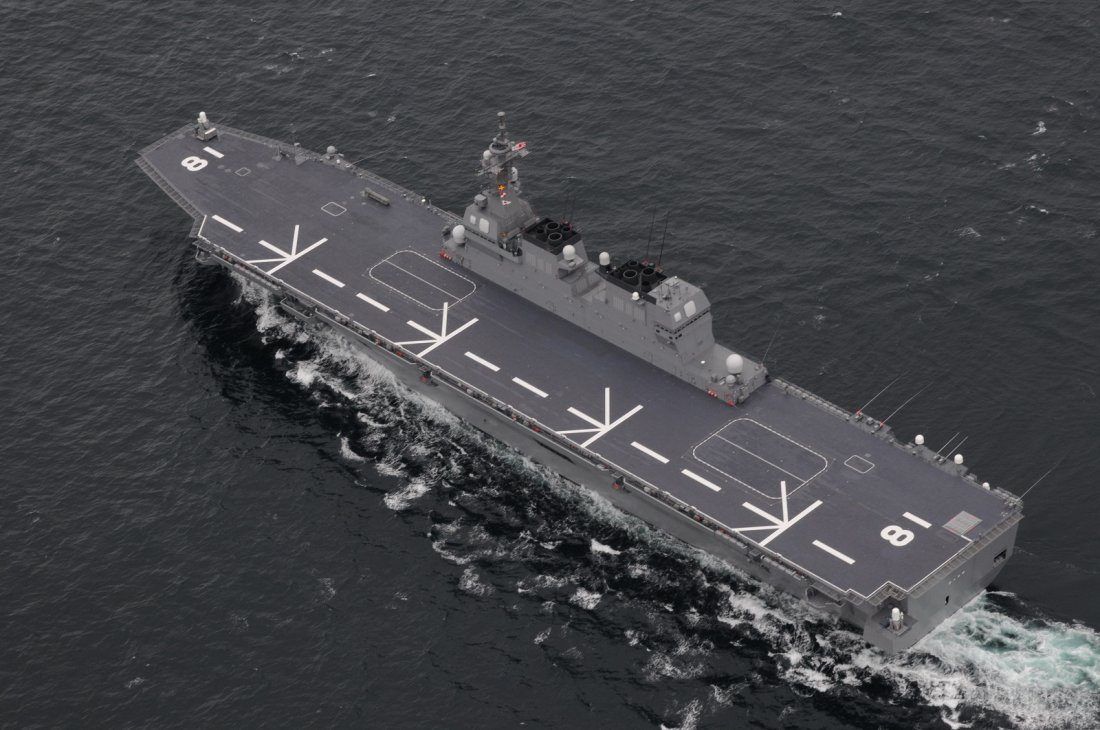
Given the lead time between ordering and launching the attack, it was not possible to synchronize the plan around the presence of the carriers. At the same time, the Imperial Japanese Navy needed time to hone the lethality of Kido Butai, its carrier arm, and maximize the destruction at Pearl. The longer the Japanese waited, the more prepared the Americans would become. This dynamic was a largely unavoidable consequence of Japan’s approach. She returned to Pearl on December 13, after spending some time hunting the Japanese strike force. USS Lexington departed Pearl on December 5 on a similar mission to Midway. She returned to Pearl on the evening of the attack, returning to sea shortly thereafter to pursue the Japanese strike force. USS Enterprise left Pearl on November 28 to ferry aircraft to Wake Island, part of the general strategy for reinforcing U.S. Navy used its carriers to stiffen its defensive perimeter. Higher war tensions produced more missions, which made it less likely that the Imperial Japanese Navy could catch one or more of the carriers in the attack. The presence of carriers at Pearl was a function of Washington’s anticipation of war. Unfortunately for the Japanese, they were considered among the most useful vessels in the fleet, and consequently were often at sea. She would remain in the Atlantic until after the beginning of the war.Ĭonsequently, the only two carriers actually available for service in the Pacific were Lexington and Enterprise, both of which were operating out of Pearl in late November. Because of growing concerns about war with Germany, USS Yorktown left Pearl Harbor in April with a large task force.

She would not return to Pearl until mid-December, after picking up her airgroup in San Diego. USS Saratoga entered refit in January 1941 and would remain in Bremerton until late November. Navy in the Pacific over the course of the year. Worries about impending war reduced the active carrier strength of the U.S. USS Hornet entered service in October 1941, but remained in the Atlantic working up until early 1942.


USS Wasp and USS Ranger served in the Atlantic for the entire year. At the beginning of 1941, the United States operated four aircraft carriers in the Pacific USS Lexington, USS Saratoga, USS Enterprise and USS Yorktown.


 0 kommentar(er)
0 kommentar(er)
